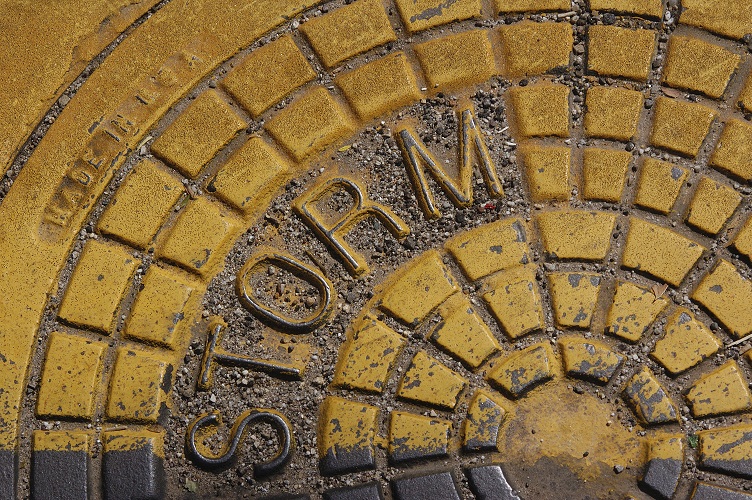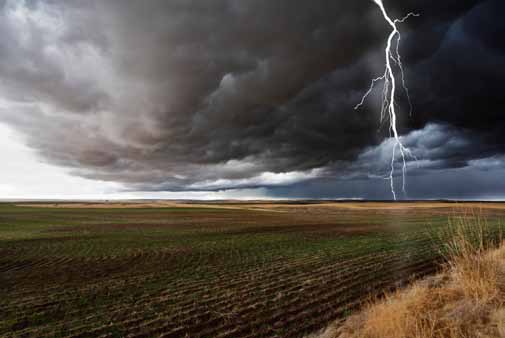On June 11, the House Subcommittee on Water Resources and Environment convened a hearing on “Potential Impacts of Proposed Changes to the Clean Water Act Jurisdictional Rule.” Administration witnesses included U.S. Environmental Protection Agency Deputy Administrator Robert Perciasepe and U.S. Army Corps of Engineers Assistant Secretary of Civil Works Jo-Ellen Darcy. Both Perciasepe and Darcy stated that claims of a federal overreach with the rule were untrue. See the hearing or download testimonies.
Perciasepe and Darcy each emphasized that their agencies were engaged in extensive outreach with diverse interests. They stated that the draft rule will clarify uncertainty about the types of waters that will likely be covered under the Clean Water Act as a result of two U.S. Supreme Court rulings. The agencies are prepared to work with stakeholders during the public comment period, which has been extended by 91 days to October 20.
The subcommittee membership pushed for clarification as to whether an overflow from a man-made pool or lake into a ditch, for example, would require a Clean Water Act permit. The agencies stated the rule would not capture such an introduction of waters into a ditch. They maintained that existing municipal wastewater facility and agriculture exemptions will be unchanged by the draft rule.
Testimony from local agencies and agricultural interests centered on uncertainty regarding the rule’s definition of “tributaries” and whether it could lead to the inclusion of previously unregulated waters. Witnesses cited that the proposed rule appears to capture isolated waters without connection to surface or subsurface waters, dry waterbeds that infrequently flow, constructed ponds, and other waters that ultimately drain to navigable waters. They said that the proposed rule also seemed to include isolated waters that connect to waters through amphibians, waterfowl or other wildlife; ephemeral and intermittent headwater streams; and waters that are adjacent to tributaries regardless of how remote or insubstantial the connection is. Rather than accept this approach, EPA was urged to clarify the rationale for regulating such waters to avoid misinterpretations.
The Water Environment Federation hosted a webinar on the Waters of the U.S. proposed rule on June 26. One of the key insights from EPA came during the question and answer session, where the agency acknowledged the ambiguity surrounding the rule and its willingness to make changes. This acknowledgement by Ken Kopocis, senior advisor in the Office of Water, is particularly important in light of EPA’s statements that the proposed rule does not change the current status of jurisdictional waters. The webcast addressed specific questions about the water treatment exception, effects on green infrastructure activities and municipal separate storm sewer system communities, as well as definitional issues related to “other waters,” “tributaries,” and “floodplains.” Find a recording of the webcast here.





